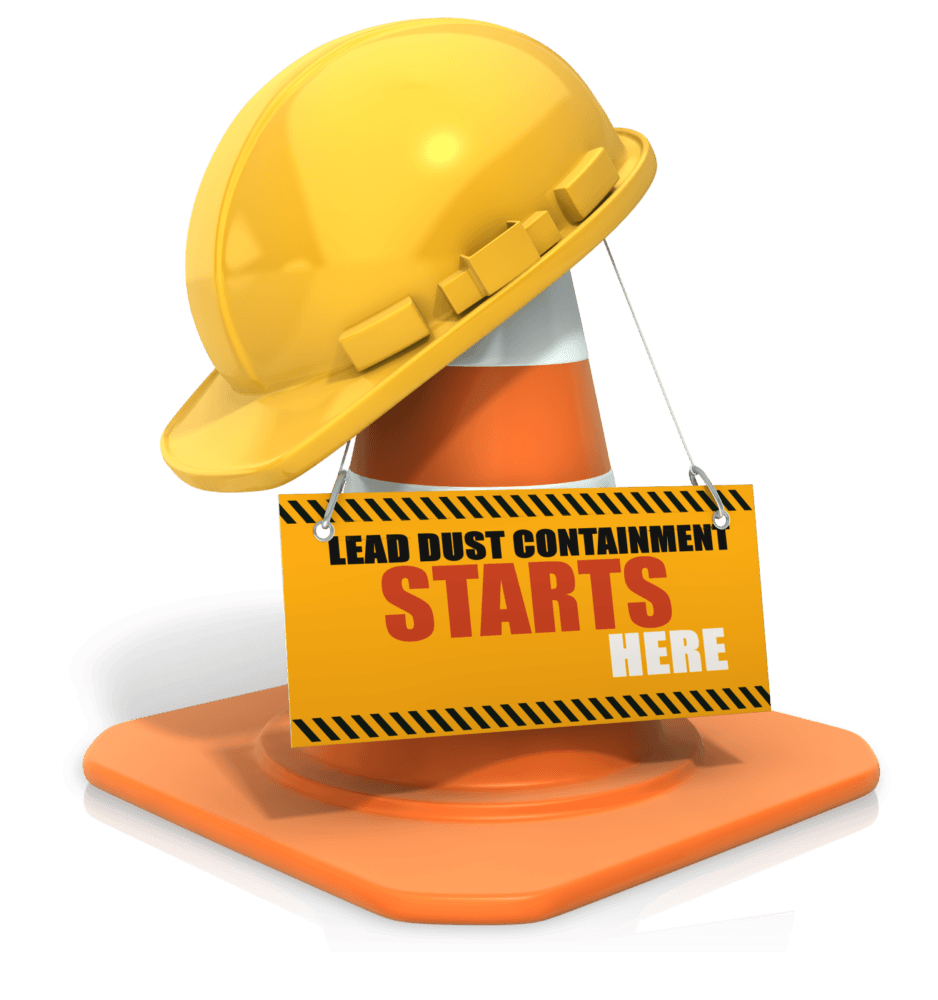 Lead can be found in many workplaces like construction sites, industrial and commercial workplaces. Because of the serious health problems caused by lead, the Occupational Safety and Health Administration (OSHA) has set standards for industries to follow, which will help control the risk of lead poisoning to workers.
Lead can be found in many workplaces like construction sites, industrial and commercial workplaces. Because of the serious health problems caused by lead, the Occupational Safety and Health Administration (OSHA) has set standards for industries to follow, which will help control the risk of lead poisoning to workers.
Industry controls like ventilation, hygiene and general safety at work policies are some of the methods used to minimize exposure to airborne lead at these work places. The controls are important because they are the first line of protection for workers and can help reduce the health effects from prolonged exposure to airborne lead.
In industrial and commercial projects, lead is used frequently for jobs like roofing, electrical conduit work, plumbing, manufacturing, soft soldering, and much more. OSHA estimates that about 1,600,000 workers from industrial and commercial workplaces are potentially exposed to lead. This exposure arises from the use, production, recycling, and the disposal of lead materials and products.
Below are two main industries commonly affected by airborne lead and how lead exposure can be controlled in these workplaces:
Construction Industry
Lead is commonly found in the construction industry, especially in salvage, demolition, renovation, removal and cleanup. Lead exposure is a major health risk for construction workers who are not protected and presents symptoms like severe abdominal pain, headache and loss of motor coordination.
To avoid this hazard, construction workers should:
- Use protective equipment like gloves and approved respirators;
- After work and before eating, wash hands and face;
- Remove PPE gear, clothing and shoes immediately after work;
- Understand lead poisoning and know the symptoms;
- Ensure that enclosed work spaces are properly ventilated;
- Whenever possible, use lead-free materials and chemicals.
Manufacturing Industry
Even though there are potentially harmful effects of lead, it is still being used in a variety of sectors within the manufacturing industry. Most manufacturing workers are exposed to lead during the production and fabrication of products like paints that contains a high lead concentration. To avoid this hazard, manufacturing workers should:
- Use protective gear during the fabrication and assembly of products;
- Make sure to follow safety standards when handling or storing manufacturing tools like chemical mixers, die makers and more;
- Follow industry regulations when cleaning furnaces, kilns, ovens, driers and others;
- Understand lead poisoning and know the symptoms;
- Whenever possible, use lead-free materials and chemicals.
There are other industrial and commercial projects that are high risk for lead poisoning like wholesale trade, transportation, remediation and even some recreational sectors. Taking the appropriate steps to avoid exposure is the key to occupational safety. Even though the main responsibility lies with employers, workers in these industries are also responsible for keeping their work spaces free of contamination.
Industry drives this great nation, but it can be a serious problem if airborne lead infects peoples' bodies. This type of lead could get in the lungs, spread through the bloodstream, and affect mental health and development. Thankfully, it is possible to deal with this difficult problem.
Where It Originates
In an industrial factory, lead may result from the various processes involved in the factory. For example, lead smelters, waste incinerators, and battery manufacturers typically produce a high-level of lead. Unfortunately, this lead can go airborne in these facilities and threaten the health of those who work there. Dealing with this problem can be difficult, but it is manageable.
There Is A "Permissible Amount"
One fact that may surprise many is that the government allows a certain small level of lead exposure for employees in their workplace. This level is set at no more than 50 micrograms per cubic meter of air over an eight-hour work period. A small level like this typically isn't dangerous, but for those who work in an industrial environment, it may be advisable to take steps to remove exposure to airborne lead as much as possible
Minimizing Lead Exposure Is Crucial
Proper ventilation of the work area, such as opening windows and setting up an airflow system, is crucial to avoiding excessive airborne lead. It is also important to use proper HEPA filters and vacuums to get lead out of the air.
Some types of specialty paint can also minimize airborne lead spread. In this way, you can protect yourself and your employees from serious lead poisoning potential. ECOBOND® - LEAD DEFENDER® is the nation’s leader in developing and distributing products that improve the protection of human health and safety from the hazards of lead in the home, workplace, and the environment. With over 15 years in patented and proven success, the ECOBOND® - LEAD DEFENDER® family of products have been extensively used in successfully treating lead hazards in over 11,000,000 tons of material while serving over 100,000 customers in the United States and Internationally.
To learn more visit www.EcobondPaint.com, view our lead paint treatment video
